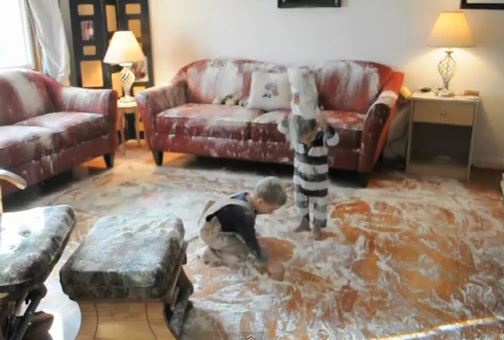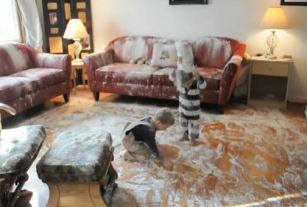A blog from Nick Malyan, Bridge North East project coordinator.
Signing up to work on the final three months of a three year programme might not typically be considered a wise move. But when the Bridge North East team contacted me at the end of 2014 to ask me about joining their team I didn’t hesitate to say yes.
I’d worked with various members of the Bridge team over the past two years in a few different capacities ; working with New Writing North on a projects as part of the Teaching Schools strand of work and also using a seed fund grant to develop a youth network at Empty Shop in Durham. I’d found Bridge’s approach to commissioning really refreshing. Every contract and project was built implicitly on trust and whilst direct delivery was never part of equation the team were never afraid to be an active partner; turning up to events and sessions and pitching in or taking part as appropriate. Even more importantly, they were happy to support you at any stage in a project – only ever being a phone call away regardless of whether it was development, delivery or evaluation.
I was particularly pleased to be asked to work on a programme of events that were all about sharing and celebrating Bridge’s work. Beginning in January I worked towards three conferences and a series of seminars; the Arts Award and Cultural Education conferences in February and the Knowledge Exchange and First World War seminars in March.
Working in this capacity put me in a unique and very enjoyable position. Despite having only been in the team three months the conferences brought me into contact with a who’s who of Bridge North East partners and projects meaning I’ve gained a real understanding of the partnerships that have defined Bridge’s three year programme. The seminars took me around the region and brought me into contact with museums and heritage organisations doing important work to educate children and young people about the First World War.
I had joked at the beginning of January about being able to spend three months travelling the region and showing off about lots of work I had nothing to do with. In reality my time with Bridge wasn’t actually all that far away from that! Due to my status as someone who’d been a partner first and knowledgeable member of the team second I found myself able to stand up and talk genuinely and enthusiastically about Bridge’s projects and partnerships – and what was lovely was to feel that enthusiasm reciprocated consistently. The events programme from January to March took the Bridge team around the region with venues in Newcastle, Northumberland, Sunderland and Tees Valley. Wherever we went and whoever we met there was always a feeling that I, and Bridge, were welcomed and our time was valued and words trusted – and that, more than anything, is testament to the partnerships that Bridge has built and nourished over the past three years.



